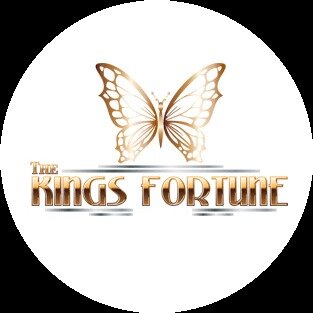
Desert Sands Pottery: Evans Mission Swirl
In 1936, Terrell Evans was hired by the U.S. Bureau of Mines in Boulder City, Nevada. He was a potter by trade, but in this case he was to do geological surveys of local clay. Having obtained gainful employment in bad economic times, he made a place for his relatives. Before long, he was providing for his Uncle Arthur and Arthur's children, Ferrell and Dorothy.
In 1946, Arthur and Ferrell Evans convinced an investor named Jack Petrie to back them in a partnership venture, and the Pinto Pottery Company was created. It was fairly successful, but the company was liquidated in 1949 so that Jack could be bought out and the business converted to a purely family business. The new business entity created was called the Desert Sands Pottery. All four family members were engaged in the creation of the pottery, and on August 5th, 1950 they opened the doors on the Desert Sands Gift Shop on Nevada Highway in Boulder City.
The business was booming for years for their mission-swirl pottery at the tourist stop. But in 1962, Arthur passed away, leaving decisions to be made about the future of the family business. It was decided that each of the remaining three would continue alone. Ferrell took the Desert Sands name with him to Barstow, California, where he produced the trademark swirl pottery until he died in 1975. Terrell moved to Las Vegas where he sold swirl pottery branded as Evans through tourist shops until the 1980's. Dorothy remained in Boulder City, and continued the tradition for some time, producing swirl pottery rebranded as "Mineral and Sands Pottery".
Early pieces of Desert Sands are very similar to the famous Niloak Pottery, with only the interior glazed to make them functional. However, Desert Sands often used green, bright yellow, and bright orange, colors not in the Niloak palette. Later pieces received a bright glossy glaze on the exterior, causing the dull clay colors to become brilliant. The Burley Winter Pottery tried similar styles with different glazes, but mission swirl at this period remained the domain of Desert Sands.
Collectors for years had turned up their noses at Desert Sands Pottery, assuming it was simply a poor imitator to Niloak. They were not considered as art pottery, but rather as souvenirs or trinkets. But today collectors are beginning to appreciate these pieces which are becoming increasingly difficult to find. Whereas Niloak shipped literally millions of pieces in the 1930's, Desert Sands production could be counted in the thousands in total with only 4 people hand-throwing each piece. For those interested in the Arts and Crafts movement, nothing would fit the definition better.
Here are a few examples of the Evans Family Desert Sands Pottery
We highly recommend these books for collectors of Desert Sands Pottery. They provide vast amounts of information about the most popular America Art Pottery companies. This website may receive compensation for qualified purchases of these books.









